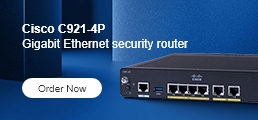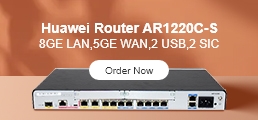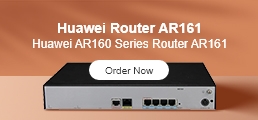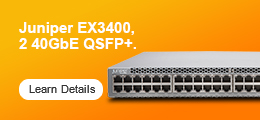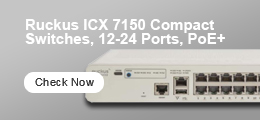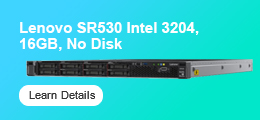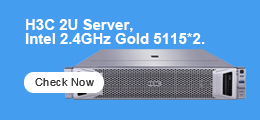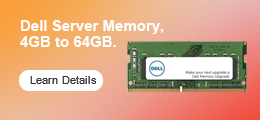Performing regular backups of your Cisco Unified Communications (UC) system is critical for data safety and business continuity. Cisco's Disaster Recovery System (DRS) offers both a web-based GUI and Command Line Interface (CLI) options for backup and restore. While the GUI is commonly used, knowing how to perform a CLI DRS backup on Cisco UC is essential when the GUI is unavailable.
What is DRS Backup in Cisco UC?
The Disaster Recovery System (DRS) is a tool within Cisco Unified Communications Manager (CUCM) designed for full backups and restores at the cluster level. It collects backup data from all servers in a CUCM cluster and archives it to a physical storage device, usually a remote SFTP server. Backup files are encrypted and can only be used by Cisco software.
DRS supports scheduled and manual backups, backing up multiple features like the Unified Communications Manager database, Call Detail Records (CDRs), IM and Presence Service data, and more. It also backs up its own configuration files, removing the need to reconfigure backup settings after a restore.
Why Perform CLI-Based DRS Backup?
Although most administrators use the DRS web GUI, there are times when the GUI is inaccessible—due to network issues or service outages like Cisco Tomcat not running. In these cases, performing a Cisco UC backup via CLI provides a reliable alternative to maintain backup operations and protect your data.
Prerequisites Before Performing CLI DRS Backup
- SFTP Server Setup: A properly configured SFTP server is required to store backups. Confirm you have write permissions and compatible cipher support (e.g., AES-CTR ciphers for CUCM 12.0+).
- Version Consistency: All cluster nodes must run the same software version as that saved in the backup to ensure successful restores.
- Cluster Security Password: The backup encryption depends on the cluster security password. Keep this password consistent or note it at backup time.
- Stable Network: Ensure reliable network connectivity between CUCM nodes and the SFTP server.
- No OS Admin Tasks During Backup: Avoid OS Administration tasks while backup is running, as DRS locks platform APIs during backup.
- Use Network Storage: Tape drive backups are not supported in virtualized environments—use network-based storage.
Step-by-Step Guide to Perform CLI DRS Backup on Cisco UC
1. Add Backup Device
Add the SFTP server as a backup device:
utils disaster_recovery device add network Example:
admin: utils disaster_recovery device add network linuxbox ./ 10.48.53.123 ccmadminEnter the SFTP password when prompted, and confirm the device is added successfully.
2. Verify Backup Device
Check the added device:
utils disaster_recovery device listExample output:
Device Name Device Type Device Path
-------------------------------
linuxbox NETWORK ./3. Initiate Backup
Start the manual backup specifying the features to back up:
utils disaster_recovery backup network Example:
admin: utils disaster_recovery backup network UCM,CDR_CAR,PLM linuxboxMonitor the backup with:
utils disaster_recovery status backup4. Monitor Backup Status
Check backup progress and completion:
utils disaster_recovery status backupOnce complete, the status will show SUCCESS with backup details.
How to Verify and Manage Your DRS Backup Files
- Use
utils disaster_recovery status backupto check backup status. - View backup history in the DRS GUI under Backup > History.
- List backup files stored on the SFTP server:
utils disaster_recovery show_backupfiles
Common Issues and Troubleshooting Tips
- Version Mismatch: Ensure software versions match between backup and cluster nodes.
- Password Changes: Keep track of the cluster security password for restoring encrypted backups.
- Network Failures: Confirm connectivity and storage space on the SFTP server.
- SFTP Compatibility: Use supported ciphers and compatible SFTP servers.
- Avoid Service Interruptions: Do not perform OS administration tasks during backups.
Best Practices for DRS Backup Management
- Schedule backups during off-peak hours.
- Archive backups to a remote SFTP server.
- Document and securely store the cluster security password.
- Validate backups regularly.
- Manage backup retention to optimize storage.
CLI Backup vs. GUI Backup Comparison
| Feature | GUI Backup | CLI Backup |
| Accessibility | Web interface, user-friendly | SSH/console, used when GUI is down |
| Ease of Use | Menus and scheduling options | Command syntax required |
| Automation | Supports scheduled backups | Manual or external scripts |
| Feedback | Visual logs and alerts | CLI logs and outputs |
| Use Case | Routine backups | Emergency or scripted backups |
Frequently Asked Questions
Q1: What is CLI DRS backup in Cisco UC?
It refers to performing Cisco Unified Communications backup using CLI when the GUI is inaccessible.
Q2: How do I perform DRS backup on Cisco UC via CLI?
Add an SFTP backup device with utils disaster_recovery device add network, then start the backup with utils disaster_recovery backup network .
Q3: Can I automate DRS backups in Cisco UC?
Scheduled backups are configured via GUI; CLI commands support manual backups.
Q4: Where are DRS backup files stored?
On a configured SFTP server as encrypted archives.
Q5: How to restore from a CLI DRS backup?
List backups with utils disaster_recovery show_backupfiles, then restore using utils disaster_recovery restore network with appropriate parameters.
For detailed Cisco UC guides, product recommendations, and support, visit router-switch.com.




